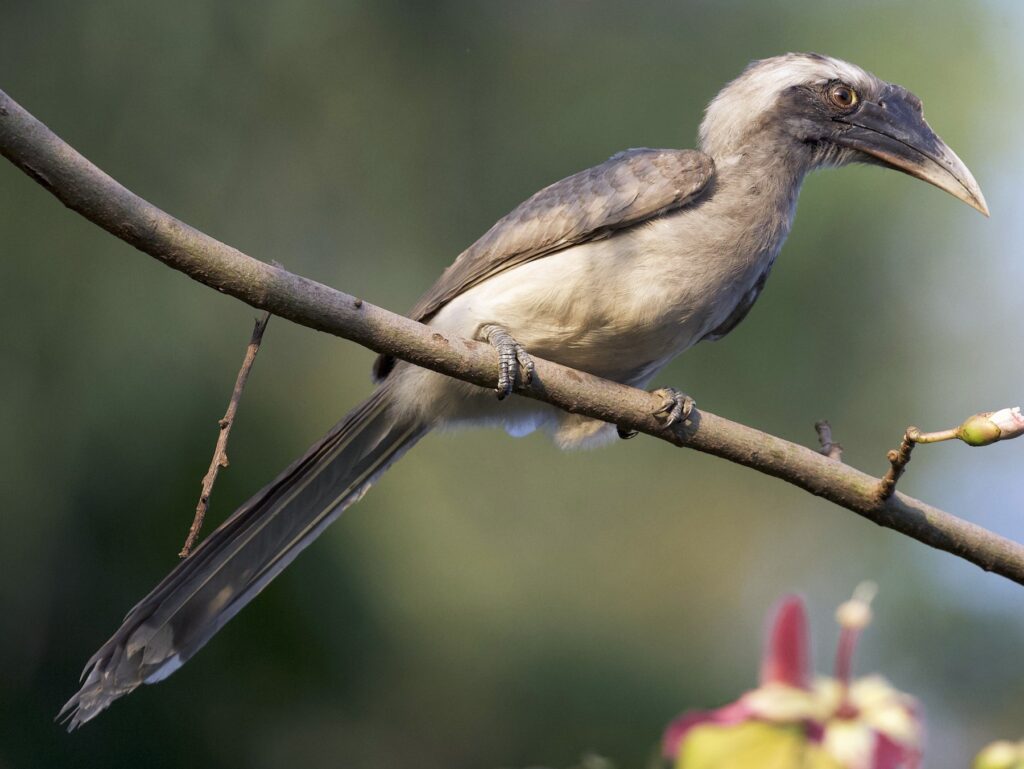The Sariska Wildlife Sanctuary is a haven for ornithologists. The Sariska Wildlife Sanctuary is home to a thriving bird population. In the Sariska Wildlife Sanctuary, there are numerous types of birds. During late summer and monsoon months, large numbers of peacocks with their tail feathers fanning out and performing their famous shimmering “dance” can be observed.
A large number of migratory birds, such as the Gloden oriole and the Indian pitta, provide ample incentive for birdwatchers and ornithologists to visit Sariska national park during the winter months. Most birds inhabit the regions surrounding large bodies of water, including Karnakabas, Natni-ka-bara, Masnsoraver Dam, Silliserh Lake, and Kankwari fort.
Between the Himalayas and the Deccan is the approximately 1,920-kilometer-long Gangetic Plain, with the Great Indian Desert to its west. This vast region inevitably has a diverse climate. Therefore, there is a wide range of physical and climatic conditions and vegetation types.
These environmental conditions have significantly altered the nature of wildlife. Because of its location, India’s wildlife includes many representatives of Malayan, north and west-Asian, European, and African flora and fauna.

Sariska Wildlife Sanctuary covers an area of 800 square kilometers and is home to diverse and abundant wildlife species. A diverse avifauna of around 200 bird species, including the Babbler (Common, Jungle & Large Grey).
Its abundance of birds, including the Little Brown Dove, Pale Harrier, Gray Hornbill, White Breasted Kingfisher, Small Minivet, Golden Oriole, Great Gray Shrike, Tailor Bird, Wryneck Woodpecker, and many others, make it an outstanding spot for birdwatching.
The Sariska Wildlife Sanctuary is home to the highest concentration of Peafowl in India, as well as a key stopover for many passage migrant bird species, including the Common Rosefinch Carpodacus erythrinus, which occurs in huge flocks between March and October, where you can also have a pleasant stay at our resort in Sariska.
Other common passage migrants are the Rosy Starling and, on rare occasions, the Verditer Flycatcher. Many species, including Hume’s Warbler, Black Redstart, Eurasian Griffon, and Grey-headed Flycatcher, winter at Sariska.
A variety of forest types, including scrub forest, tall riparian forest, hilltop forest, and dry deciduous Anogeissus woodland, may contribute to Sariska’s high bird diversity. BirdLife International has rightfully designated Sariska as an Important Bird Area in the state of Rajasthan because it supports seven globally threatened species and 30 of the 60 species that are restricted by habitat to the Indo-Malayan Tropical Dry Zone.




